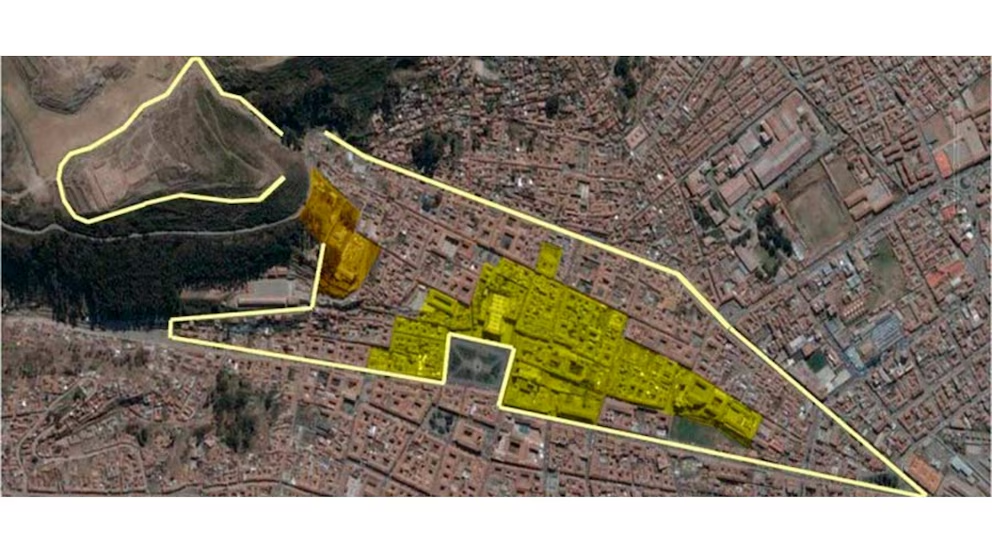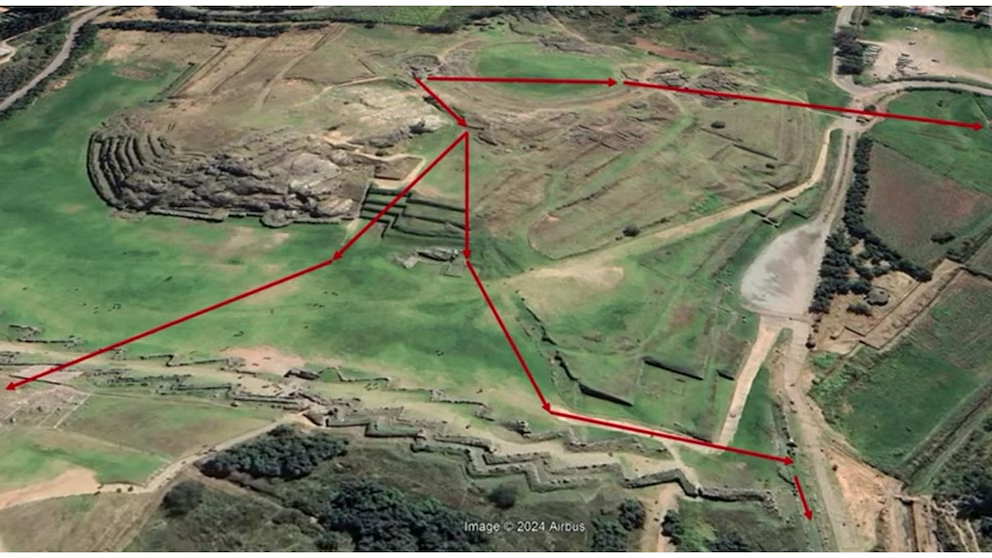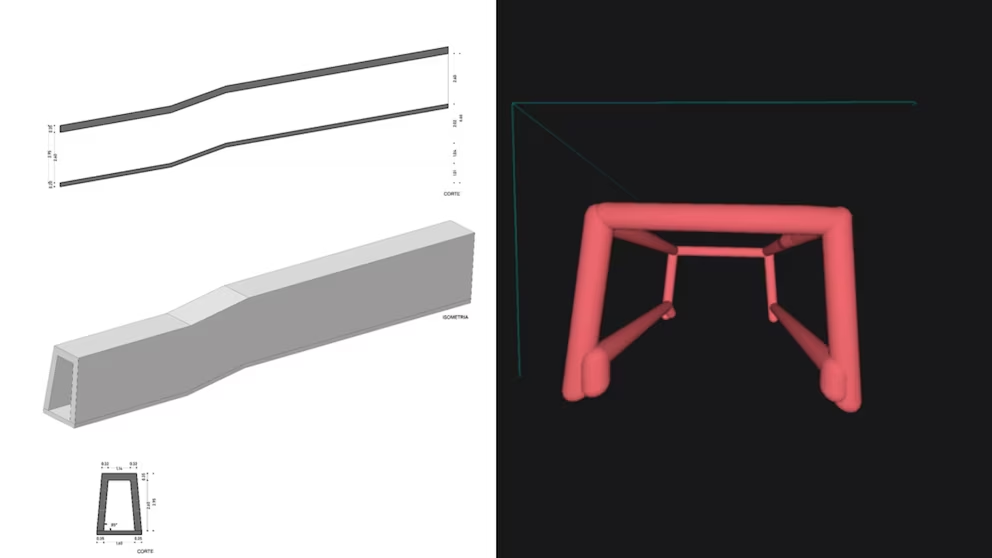In the ancient fortress of Sacsayhuaman, one of the most impressive remnants of Inca archeology near the ancient city of Cuzco, there are small subterranean entrances known as “chinkanas” (‘maze’ in the Quechua tongue): doorways into the underworld and the heart of the Pachamama (Mother Earth).

The existence of these secret tunnels had been mentioned in the chronicles of ancient historians like Inca Garcilaso de la Vega and Jesuit priests of the XVIIth century, who wrote how during the construction of the church of Santo Domingo, which sits on top of what was once the Coricancha or Temple of the Sun in Cuzco —a city designed by the Incas to resemble a puma when viewed from the air— the builders had tried to bypass a “deep cave” which was believed to have been built by the Inca rulers to run beneath the entire city.

Legends and unconfirmed rumors about the chinkanas abound, like the story of three students going into the largest one of the tunnels in Sacsayhuaman only to never return, but then not long after a mass at the Santo Domingo church is said to have been interrupted by a ‘knock’ coming from beneath the temple floor; when the parishioners managed to dig up a hole through the wooden floor, they discovered a feeble man with a very long beard (one of the students perhaps?) holding a corn cob made of solid gold! Was this part of the secret treasure the Incas had allegedly hidden from the Spanish Conquistadores after the fall of their empire? The answer was never found because the man died not long after he was rescued, the story goes.

The physical existence of a tunnel beneath the Coricancha was first hinted at by Spanish author and researcher Javier Sierra in the late 1990s, thanks to the assistance of Father Benigno Gamarra (Prior of Sto Domingo) who showed him a crypt beneath the church leading to a wider tunnel. Later in 2001 another Spanish researcher, Anselm Pi Rambla, managed to obtain government permits allowing him to confirm the existence of the tunnels. His team’s work was interrupted, unfortunately, because the Dominican order complained their excavations were putting in risk the structure of the church.

But now, a team of archeologists led by Jorge Calero and Mildred Fernández have managed to gather enough scientific evidence that leaves no doubt about the existence of a subterranean network of tunnels beneath the former capital of the Inca empire. Their discovery, announced o January 6 through a press conference, was painstakingly obtained through non-excavating methods using echo measurements by banging a metallic plaque every 50 centimeters above the ancient roads of Cuzco. They also used more sophisticated equipment, like ground-penetrating radar, allowing them to determine the location of empty trapezoidal structures some 1.4 to 2.5 meters beneath the surface.

According to these new findings, the longest chinkana does indeed run from Coricancha to Sacsayhuaman, as the legends said —a tunnel some 1750 meters in length. They also located at least three other branches, one leading to Muyumarca (a sector of the Sacsayhuaman fortress), another one leading to the Calispuquio archeological complex nearby, and a third one going through the far side of the San Cristobal temple (another church in Cuzco).

Now the archeologists are planning in detecting more tunnels that are part of the subterranean grid, and eventually dig in some key nodes of the chinkanas between March and April of this year.
These new findings highlight once again the incredible engineering capabilities of the Incas —even though it is possible the tunnels may have been built by a previous civilization—but the bigger questions remain: were these tunnels built for pragmatic strategic purposes, to connect important landmarks of their capital in case of an enemy attack? Were they intended instead for purely ceremonial/religious/initiatic purposes similar perhaps to the Eleusinian rites of ancient Greece? Or did the ancient rulers of the Andes have reasons we cannot even imagine nowadays for these network of man-made caves cris-crossing their most sacred sites?
And, more importantly, how far and deep do the chinkanas really go?
Whatever the case, it goes to show many fascinating archeological marvels await to be discovered in the not-so distant future.
REFERENCES:
- Confirman la existencia de “calles” subterráneas construidas por los incas debajo de Cusco.
- Las misteriosas Chinkanas de Sacsayhuaman. Misteriosos túneles subterráneos.
- Leyendas del Perú: Las chinkanas de los Incas.
- Arqueólogos Jorge Calero y Mildred Fernández descruben pasajes subterráneos incas en Cusco.



